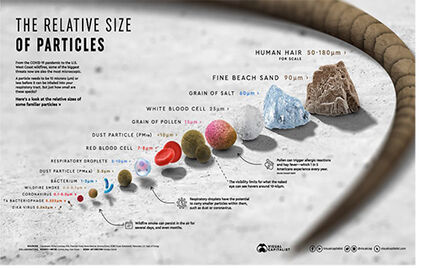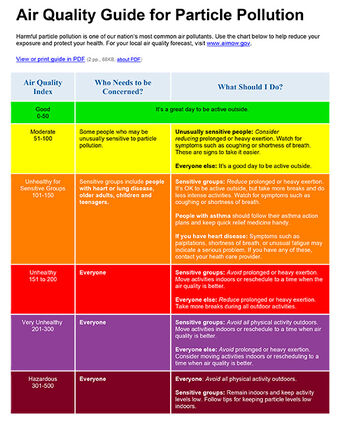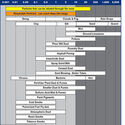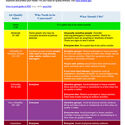HOSPITAL CORNER
July 1, 2021
By Tom Anderson
Summer is here, which means wild fires in our area. Remember last year? The loss of life, livestock and property. All of us were exposed to poor air quality for weeks. This poor air quality is a significant health concern to everyone, but especially for high-risk individuals, such as those with respiratory conditions or cardiovascular disease.
The ominous clouds of smoke and dust distribute ash on our gardens, homes and reservoir water supplies. This ash can contain various toxins, depending on the materials combusted. Forest fires release formaldehyde, methane gas, nitric oxide and particulates into the air.
Fires that spread into neighborhoods or homes in the outlining areas are even more concerning. Many building materials and furnishings contain toxicants.
Like: 1) Lead from paint used in homes built prior to 1978. 2) Asbestos from insulation or siding. 3) Formaldehyde and cyanide from particle board furnishings or cabinetry. 4) Dioxins and furans from combustion of PVC piping. 5) Styrene gas from combustion of polystyrene insulation. 6) Hydrogen cyanide from combustion of polyurethane cushions. 7) Arsenic from copper chromium arsenate utility poles. 8) Mercury from fluorescent light bulbs. 9) Cadmium and other metals from car fires. 10) Heavy metals and plastics from the combustion of electronics.
Clearly, the areas closet to the home-site are going to be the most toxic, but these toxicants do get dispersed through the air and distributed as ash on many surfaces. What can I do to help reduce exposure?
1) Wear well-fitted N-95 masks. 2) Leave shoes outside the door to prevent tracking residue into the home. 3) Keep your home as dust free as possible with a special focus on the bedrooms. 4) Seal up any windows that allow dust in, with painter's tape if necessary. 5) Close the damper to any fireplaces. 6) Use a high-quality air filter in central-air systems, replacing it at regular intervals. 7) Use HEPA plus carbon air filters in bedrooms. 8) Filter all tap water if it comes from a reservoir.
As mentioned above, wildfire smoke is most immediately dangerous to those with cardiovascular respiratory conditions. However, we also see links to increased risk of various cancers with longer-term exposure. A meta-analysis in the journal of Occupational Medicine showed statistically significant increased risk of cancers such as multiple myeloma, non-Hodgkin's lymphoma, testicular and prostate cancer, as well as eight others, in firefighters.
Does cancer run in your family? Are you hydrating enough, especially during the hot summer time with fires? Are your medications up to date? Is your breathing medicine available? Do you need to see your provider BEFORE the smoke hits the air? Please plan ahead. Last year I watched people jogging and playing outside during bad smoky days. Do you really think this a good idea?
It's your heath.
-Anderson is a Respiratory Therapist with the Dayton General Hospital.












